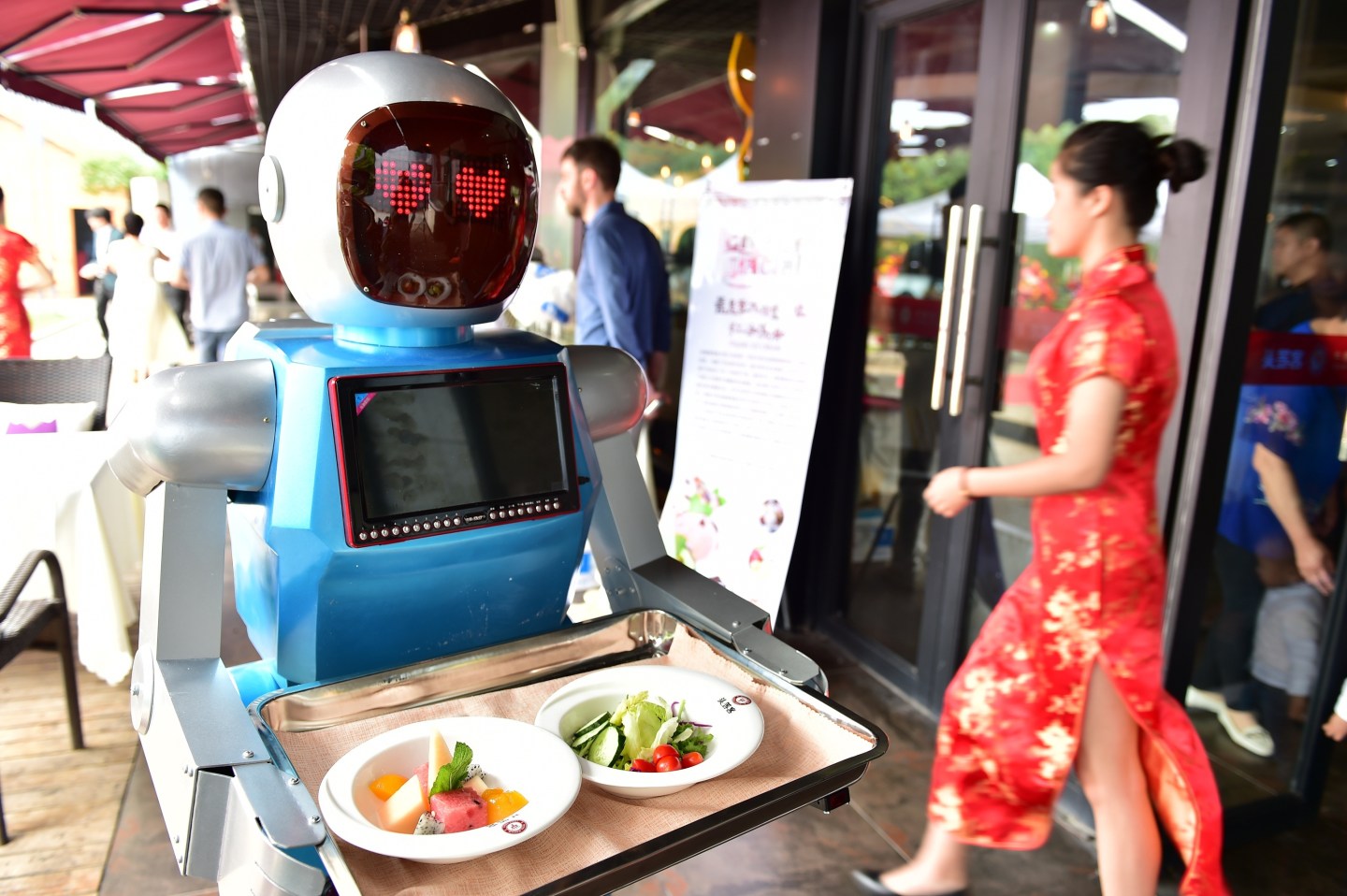Automation is taking China by storm. First, the country hoovered up many of the world’s manufacturing jobs, and now it is, in turn, outsourcing that work to robots.
Since 2013, China has topped the list as the world’s biggest market for robotic machinery. That appetite is not subsiding. The country’s sales for the machines surged 54% last year compared to the year prior, according to the Wall Street Journal, which cites statistics from the International Federation of Robotics. Next year, China is poised to have installed more robotic machines than any other country, the paper reports.
What’s driving the transition? Even though the cost of labor in Asia remains relatively low, it has been on the rise recently. Economists anticipate average wages to grow 10% this year, according to the Journal of Commerce. In order to keep costs own, employers are trading humans for cheaper robots.
By 2017, the IFR expects the number of robots in operation to double to 400,000 from today’s 200,000. North America, on the other hand, will grow to have about 300,000.
The automotive and electronics industries are leading the charge in workforce automation. The Taiwanese manufacturing giant Foxconn, which supplies iPhones for Apple (AAPL), for instance, predicts that 70% of its assembly line work will be taken over by robots three years from now. As an IFR document summarizes about the explosive demand for robots worldwide:
Impetus will mainly come from Asia, particularly from China, and from North America. The automotive industry will continue to be the innovator for new technology. The growing global demand for electronic products, new products, and new production technologies are boosting investments in retooling of existing production processes and expanding production capacities of the electrical/electronics industry particularly in Asia.
At the moment, China has 30 industrial robots for every 10,000 manufacturing workers—about double what it had in 2013.
Experts refer to this figure “robot density.” In comparison, South Korea has the world’s highest robot density at 437 robots per 10,000 manufacturing workers, which is about 15 times greater than China’s. Japan’s is about 11 times greater than China’s; Germany’s is 10 times higher; and the United States’ is about three times higher.
“The automation of China’s production plants has just started”, ABB Robotics managing director Per Vegard Nerseth told IFR in January. “As the first foreign robot manufacturer to arrive here, we have observed the market and developments for years now. We have witnessed swift, almost explosive growth over the last two or three years, surpassing even our expectations.”
Industry watchers are expecting major growth to continue in Asian markets such as China, Korea, and other Southeast Asian countries. As the IFR forecasts, “The potential for robot installations in this market is still tremendous.”

